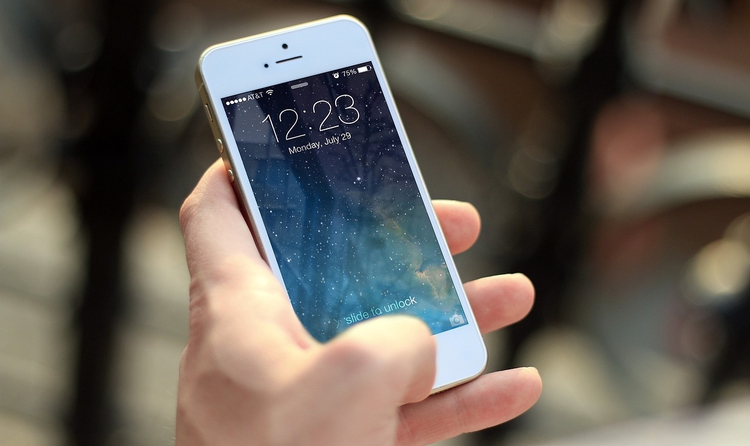The iPhone 12 emits more radiation than recommended by EU standards, but that does not mean it is harmful to health

For now, the only known effect of greater radiation is that it can heat parts of the human body

Social media is teeming with messages warning about the alleged “danger” of the electromagnetic waves of the iPhone 12, saying that this is why France has halted sales of it in the country.
However, there is no evidence that the levels of radiation identified in the iPhone 12 pose any harm to health or that it incurs a risk of developing cancer or Alzheimer’s, as we already explained in a different fact-check. France has halted the sale of this device because it exceeds the levels recommended by the European standard. However, all this means is that the non-ionising radiation – the only currently known effect of which is that it can warm parts of the human body – is higher than recommended, not that it has adverse effects on health.
In the case of the iPhone 12, France’s National Frequency Agency (ANFR), which regulates these matters in France, observed that in the measurements of extremities (hands, wrists, feed and ankles), the SAR – i.e. the specific absorption rate assessing the radiation emitted by a device – was 5.74 W/kg, which is 1.74 W/kg higher than stipulated in the EU standard, as reflected in Recommendation 1999/519/CE for extremities (hands, wrists, feed and ankles).
However, it is important to take into account that “a higher SAR value does not necessarily imply a higher risk to health, since these limits are established with considerable safety margins”, explains Alberto Nájera, professor at the University of Castilla-La Mancha and member of the Scientific Committee on Radio Frequency and Health (CCARS) of the Official College of Telecommunications (COT).
In this case, “the safety margin is a factor of 50”, explains Nájera, i.e. 50 times lower than the levels of exposure that have been shown to have effects on health. It can therefore be guaranteed “that the mobile devices are safe in terms of the radio frequency exposure”.
Non-ionising radiation
When we think about the word “radiation”, most likely the first things that come to mind are UV rays or X-rays. It is true that these examples emit a type of radiation that is harmful to health known as ionising radiation, which can cause serious diseases, such as cancer or other conditions.
Mobile phones, Wi-Fi antennas, Bluetooth and other electronic devices also emit radiation, but it is completely different from the previous type. Radio frequency (RF) – the radiation emitted by these devices – is a type of electromagnetic radiation classified within the spectrum of non-ionising radiation. In other words, electromagnetic waves do not have enough energy to remove electrons from materials and, therefore, ionise atoms.
The only confirmed effect is the warming of fabrics, which is not the consequence of the emission of any type of ions, but of the interaction of these fields with the material.
At very high levels of exposure, they could even warm parts of the human body. However, this effect is negligible at the levels that Wi-Fi, microwaves or mobile phones operate, as the World Health Organization (WHO) explains on its website.
Regulations apply depending on the country
The specific absorption rate (SAR) – the indicator of the radiation emitted by the iPhone 12 – represents the amount of radio frequency (RF) energy from telecommunications devices (Wi-Fi, Bluetooth, mobile phones, antennas, etc.) “that is absorbed by the human body” when these devices are used, explains Nájera.
Martin Röösli, expert in Environmental Epidemiology and unit head at the Swiss Tropical and Public Health Institute (SwissTPH), explains to Verificat that this indicator “depends on many factors”, such as “[the amount of water present in] the body tissue or the frequency of radiation”.
The SAR is calculated under controlled laboratory conditions, and the devices have to comply with certain limits in order to be considered safe for human use. This does not mean that by law all the member countries of the EU have to comply with the regulation, as the European Commission’s press department tells Verificat, but that each country decides whether to apply the standard or not.